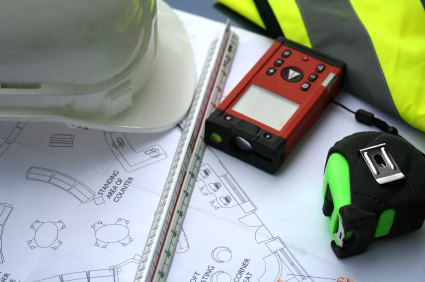Many commercial landlords face a common but preventable problem: construction lien liability for tenant improvements. This issue comes up when the tenant voluntarily hires contractors to make improvements to the landlord’s property but fails to pay them in full. To recover the monies owed to them, the contractors file construction liens against the landlord’s property and sue the landlord to foreclose on the liens.
 Construction liens cloud the landlord’s title to the real property and can prevent its sale or refinancing. Additionally, landlords can be held liable to construction lienors, such as general contractors, subcontractors and materialmen, for improvements they made for the tenant. Consequently, landlords must take certain actions to shield themselves from liability against tenant improvement construction liens.
Construction liens cloud the landlord’s title to the real property and can prevent its sale or refinancing. Additionally, landlords can be held liable to construction lienors, such as general contractors, subcontractors and materialmen, for improvements they made for the tenant. Consequently, landlords must take certain actions to shield themselves from liability against tenant improvement construction liens.
Review the Lease Agreement
The lease agreement should not contain express or implied language that requires the tenant to do anything to improve the property. If the lease agreement obligates the tenant to make improvements, any liens arising from those improvements can attach to the landlord’s real property interest.
The lease agreement must state that the landlord’s real property is not subject to construction liens for improvements made by the tenant. There should be specific language in the lease agreement expressly prohibiting liability for tenant improvements.
Record the Lease Agreement and Notice
The landlord must record the lease agreement in the official records office of the county in which the property is located. Alternatively, the landlord may record a summarized version of the lease agreement referencing the lien prohibition provisions.
The landlord should also attach a notice to the recorded lease agreement or lease summary. The notice lets everyone know that lease agreement prohibits liability for tenant improvements. The notice should contain:
- The landlord’s name
- The legal description of the landlord’s property;
- The specific language prohibiting liability for tenant improvements;
- A statement indicating that all or most of the landlord’s lease agreements prohibits liability for tenant improvements.
Both the notice and the lease agreement must be recorded before the tenant records the “Notice of Commencement.”
Record An Amended Notice If Lien Language Changes
In cases of where commercial landlords has multiple tenants, such as shopping mall landlords, and the lease agreement is the same for all tenants, the landlord needs to record only one notice containing the exact boilerplate language in the lease agreement that forbids tenant improvement construction liens. If the landlord decides to change the uniform lien prohibition language in the lease agreement, then the landlord must record an amended notice with the new language.
Watch Out For the Mail
Despite taking of all of the foregoing measures, a landlord could still be vulnerable to construction lien liability. If a lienor sends the landlord a written demand for a copy of the lease provision that prohibits liability for tenant improvements, the landlord must serve a verified copy of the lease provision within 30 days of receipt of the written demand. The landlord’s failure to timely respond will subject the property to a claim of lien for tenant improvements.
Other Good Measures
Before any tenant improvements commence, the landlord should require the general contractor to sign an indemnity agreement that waives their right to lien the property. The agreement should also require the general contractor to indemnify the landlord for any work-related personal injuries or deaths that occur on the landlord’s property. Finally, as just good measure, the landlord’s property manager should regularly communicate with the tenant’s general contractor or construction manager about the progress of the construction.